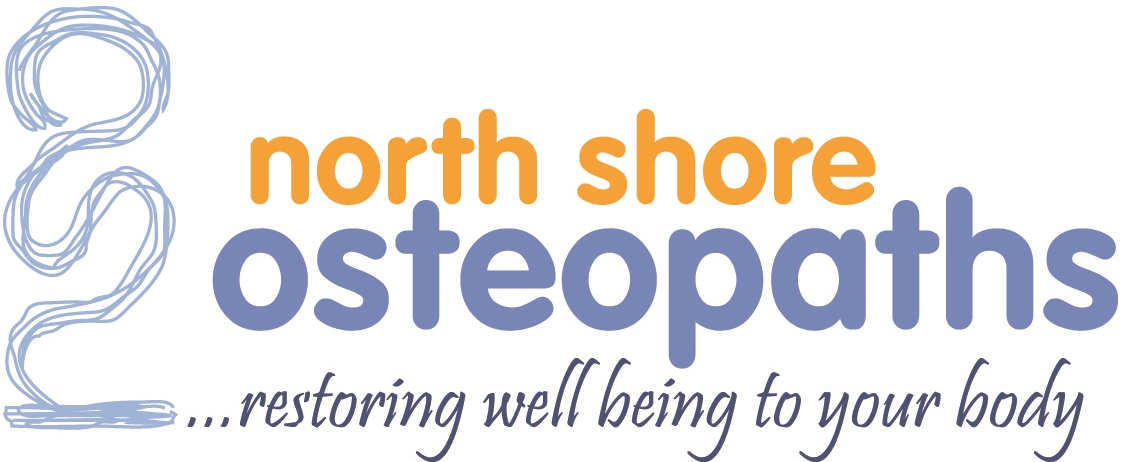
The name of the game in pregnancy is adaptation: adaptation to the increased weight, the altered gait and change in weight bearing. Over the course of a pregnancy, a woman’s body must be able to adapt to the gradual increase in her weight and shift in her centre of gravity, as well as make room for the baby as it grows.
Any old injuries, underlying muscle tightness, joint restriction or pelvic instability will impair her ability to adapt and may result in pain.
A woman who is biomechanically efficient is less likely to experience musculo-skeletal symptoms during pregnancy.
Back or pelvic pain during pregnancy is not normal, just very common.
The role of osteopathic treatment is to maximise the body’s ability to adjust to these changes. So what can osteopathy help with? Treatment effectively relieves sacro-iliac and pubic symphysis pain, low back, hip or neck pain, headaches and heartburn, just to name a few. Osteopathy involves a full postural assessment and treating the areas of the body that are not adapting AS WELL AS the symptomatic areas.
The ideal is for the woman to have treatment pre-conception. This enables me to optimise function prior to pregnancy, when there is more time to resolve long term problems and a wider choice of techniques available.
More and more women are becoming aware of the benefits of this approach and come to pre-empt /prevent pain during their pregnancy. I am also starting to see more and more women who want to improve pelvic function in order to aid a natural delivery.
Research is now showing what I see in my.practice: that there is an improvement in birth outcomes with osteopathic treatment during pregnancy. (Handout.) During labour, the passenger must adapt to the passageway: if the mother’s pelvis is mechanically unstable or lacking mobility, it may impede the baby’s passage thru the birth canal. Osteopathic treatment helps to restore balance and improve quality of movements of the whole pelvic girdle. This not only aids the labour from a mechanical point of view, but also promotes hormonal and neurological feedback Finally, osteopathic treatment is invaluable in the post-natal period. All the women I care for during their pregnancy have a post-natal check up. Sacral and lumbar spine mechanics need to be normalised and women often have neck and shoulder discomfort from breastfeeding which is managed well with osteopathic treatment.
